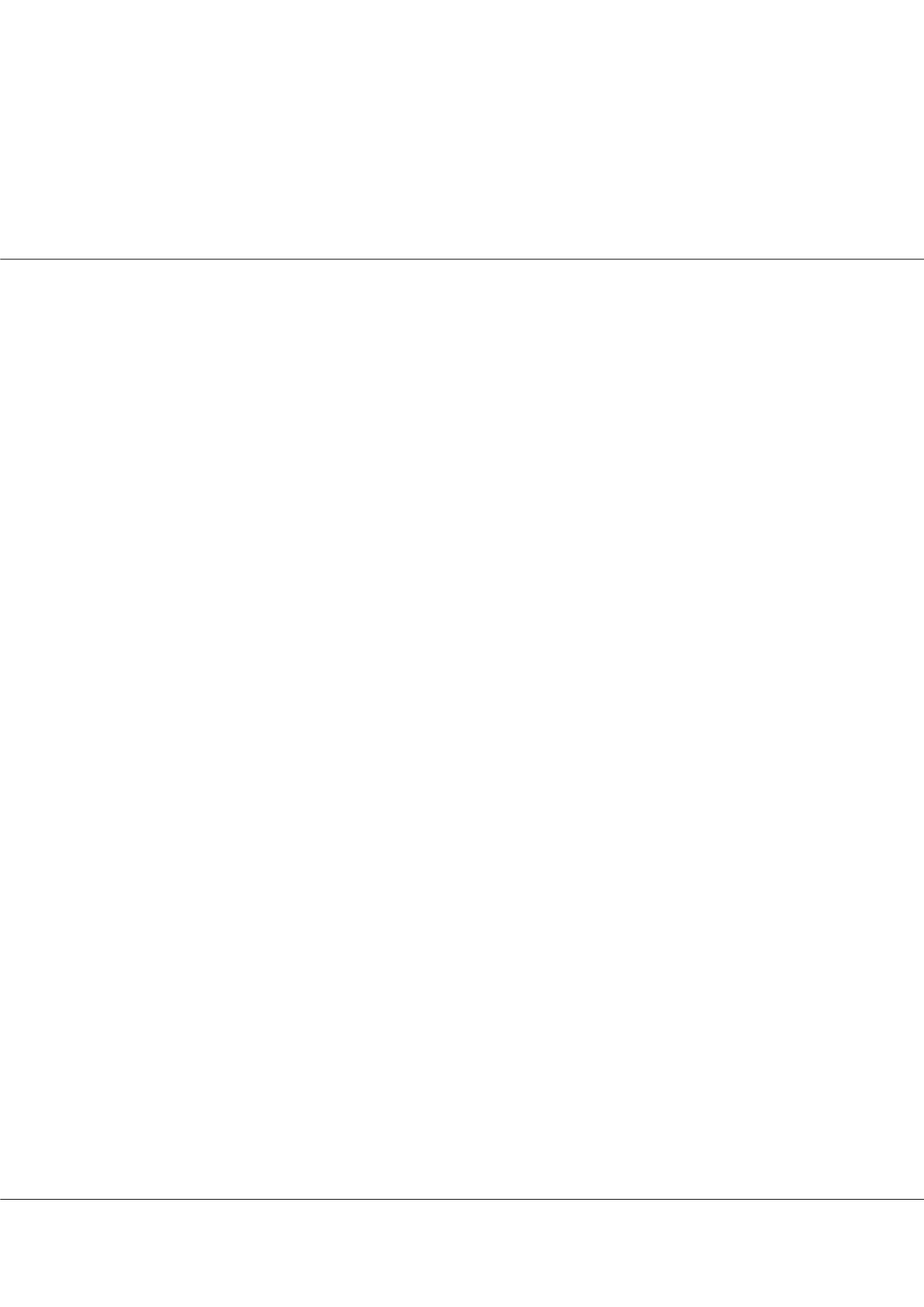

Volume 4
Journal of Pediatric Care
ISSN: 2471-805X
Page 53
JOINT EVENT
August 06-07, 2018 Madrid, Spain
&
2
nd
Edition of International Conference on
Adolescent Health & Medicine
18
th
International Conference on
Pediatrics Health
Pediatrics Health 2018
&
Adolescent Health 2018
August 06-07, 2018
The relationship between the parents’ knowledge, attitude and practices on immunization and the
immunization status of their adolescent children in the out patient department of a tertiary hospital
Margaux N Yap
St. Luke’s Medical Center, Philippines
Objective:
To determine the relationship between the knowledge, attitude and practices of parents and the immunization
status of their children aged 11 to 18 years old.
Design:
Prospective cross-sectional study.
Subjects:
70 guardians of patients aged 11 to 18 years for follow up at the St. Luke’s Medical Center QC (SLMC) Pediatric Out-
Patient Department (OPD). Purposive sampling was done.
Methodology:
Interviewer-administered questionnaire/face to face interview and review of immunization records was
conducted from December 2016 to February 2017 among parents of Adolescent patients who followed up at the Pediatric
OPD of SLMC QC.
Results:
Patients were most often partially or non-adherent to their recommended adolescent vaccination schedules. About
93% received at least one dose of the Hepatitis B vaccine, but none received any booster or catch-up dose. Hepatitis A and Td/
Tdap vaccines were given to 17% and 10% of adolescents, respectively. The coverage rates for annual influenza (5.7%) and HPV
(2.9%) were the lowest among all vaccines recorded. More than 90% of respondents correctly replied to items on seriousness
of the diseases targeted by MMR, varicella, and hepatitis A and B. In contrast, only half recognized the possibility of a serious
sequelae of HPV infection. The cost of getting immunized was the leading barrier (87%) to availment of this service.
Conclusion:
No significant associations were found between parents’ range of knowledge scores and the actual immunization
status of their adolescent children. However, score of ≥75% appeared to be associated with increased MMR and lower hepatitis
A and influenza vaccination rates. In these findings we can conclude that availability of the vaccines in the health center can
increase the adherence to adolescent immunization. The top 3 identified barriers in availing immunization were: Financial
problems, Lack of knowledge and Lack of vaccines in the health center.
minkieyap@gmail.comJ Pediatr Care 2018, Volume 4
DOI: 10.21767/2471-805X-C3-012
















